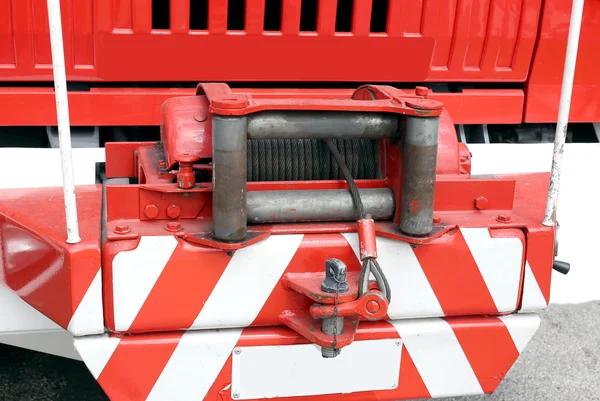Transformers are critical components in the electrical power distribution system, playing a vital role in stepping up or down voltage levels according to requirements. However, they are also prone to fire hazards due to their construction and operational characteristics. Therefore, it is crucial to devise effective fire safety strategies for transformers.
One of the most efficient ways of ensuring transformer fire safety is through the use of barriers. Barriers act as physical separators between transformers and other equipment or structures, preventing the spread of fire if an incident occurs. These barriers can be made from various materials such as concrete, steel plates, or even specialized fire-resistant composites.
A well-designed barrier should be able to withstand high temperatures without losing its structural integrity. It should also be tall enough and wide enough to effectively shield adjacent equipment or buildings from radiant heat and flames. Additionally, it’s important that these barriers are designed with consideration for maintenance access points on transformers.
Using barriers as part of a transformer blast walls’s fire safety strategy offers several benefits. First and foremost is their ability to contain fires within a specific area by acting as a physical impediment against spreading flames. This containment reduces potential damage caused by fires while providing more time for emergency response teams to arrive and take control of the situation.
Another significant advantage is that barriers can help mitigate risks associated with oil leaks – a common cause of transformer fires. If there’s an oil leak within the transformer housing that catches alight, having a barrier in place can prevent this from escalating into a larger blaze by containing any burning oil within defined boundaries.
Barriers also play an essential role in protecting personnel during emergencies by creating safe zones around transformers where workers can evacuate without being exposed directly to extreme heat or flames.
In addition to using physical barriers, adopting good management practices contributes significantly towards reducing fire risks associated with transformers. Regular inspections and maintenance checks ensure early detection of potential issues like overheating or oil leaks before they escalate into serious problems leading potentially towards a fire incident.
It’s also important to train staff on emergency procedures, including how to respond in case of a transformer fire and the safe operation of firefighting equipment. This ensures that everyone on site knows what to do during an emergency, reducing panic and confusion which can exacerbate the situation.
In conclusion, using barriers as part of a comprehensive fire safety strategy for transformers helps contain potential fires, protect other equipment and structures from damage, safeguard personnel during emergencies, and buy valuable time for professional firefighters to arrive at the scene. Coupled with good management practices such as regular maintenance checks and staff training on emergency response procedures, barriers provide an effective solution for mitigating transformer-related fire risks.

